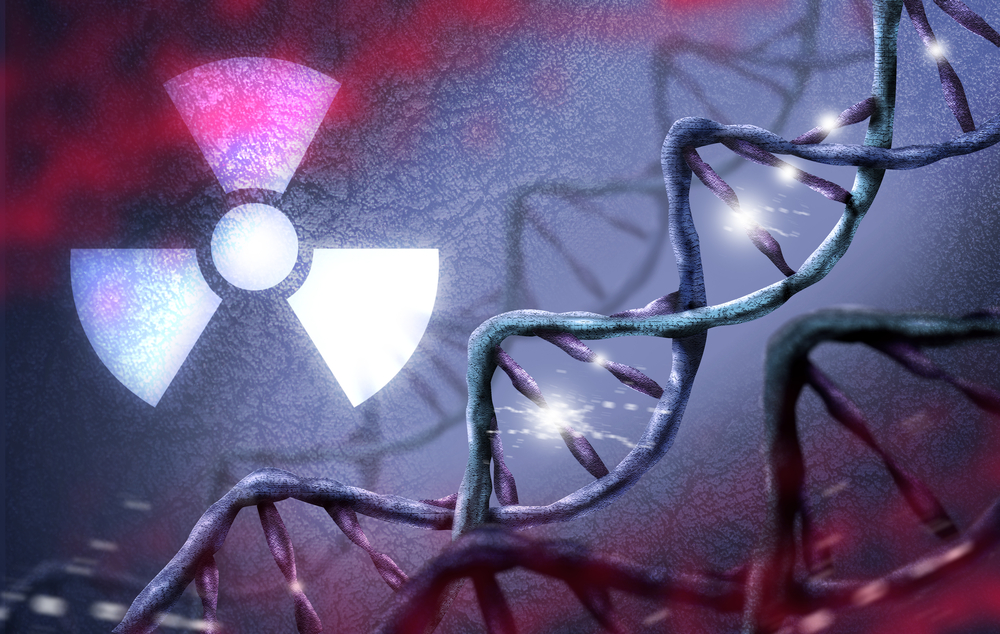 A new study published in the journal Military Medical Research, entitled “Advances in the biological effects of terahertz wave radiation” and conducted by Dr. Li Zhao and colleagues from the Beijing Institute of Radiation Medicine, China, aimed to review current evidence considering the biological effects, mechanisms and methods of protection of terahertz (THz) radiation.
A new study published in the journal Military Medical Research, entitled “Advances in the biological effects of terahertz wave radiation” and conducted by Dr. Li Zhao and colleagues from the Beijing Institute of Radiation Medicine, China, aimed to review current evidence considering the biological effects, mechanisms and methods of protection of terahertz (THz) radiation.
Terahertz (THz) band is an electromagnetic wave between microwave and infrared rays (frequency ranging from 0.3 THz to 3THz) and generally consists of non-ionizing radiation. Recently research in life sciences has shown an increasing interest in the application of THz radiation for clinical purposes.
THz band has been found to offer several advantages such as allowing for a simpler analysis of various materials through time-resolved transient spectroscopy; benefits for the analysis of the spectral properties of a wide range of sample materials as it produces few cylces of oscilation; assisting in the acquisition of refractive indices and absorption coefficients of samples. Furthermore, THz photons have low energies therefore they do not cause tissue damage or harmful ionization, making them suitable for biopsies.
THz radiation offers strong penetration power for non-polar substances and can be used for detection, since THz waves are strongly absorbed by polar molecules. This means that THz radiation can be used to study material compositions by analyzing its corresponding spectroscopic characterizations.
The Biological effects of THz waves can be divided into thermal and non-thermal effects. The non-thermal biological effects of THz radiation have been found to play a role in apoptosis or necrosis of cells after exposition, and to be related with injury to the morphology of neurons. However, researchers found that there is a lack of studies concerning the biological effects of THz radiation, leaving it far behind the potential of its biomedical applications.
[adrotate group=”1″]
Regarding the biological mechanisms involved in THz radiation, studies have shown that it interacts with cellular components at multiple levels, including chromosomes, DNA (deoxyribonucleic acid), genes and proteins. In vitro evidence has shown that THz radiation affects the stability of DNA, leading to chromosomal aberrations of human lymphocytes and genetic changes during the differentiation of mouse stem cells. Furthermore, THz radiation may also be a potential tool for cellular reprogramming since it was found to change gene expression in mesenchymal stem cells. Studies on the materials used to provide protection against THz radiation have focused on electronic equipment, as such, there is not enough evidence regarding the protection of humans against THz radiation.
In their review, Li Zhao and colleagues suggest that research on THz radiation may lead to innovative progresses and advances in science and technology, however, collaboration between different fields of research such as physics, biology, medicine, and materials science is necessary.
The authors conclude that further scientific efforts are necessary to understand the mechanisms involved in the interaction of THz waves and biological macromolecules, the biological effects of THz radiation in certain human tissues and cells, and the appropriate technologies involved in medical applications of THz radiation.


